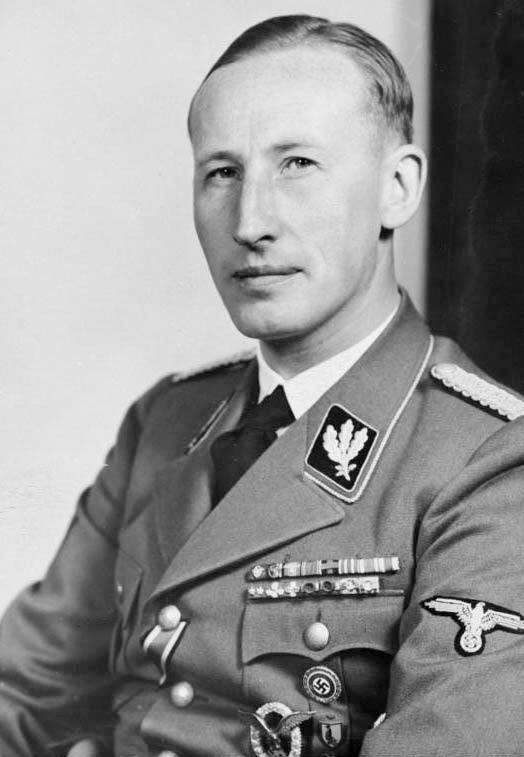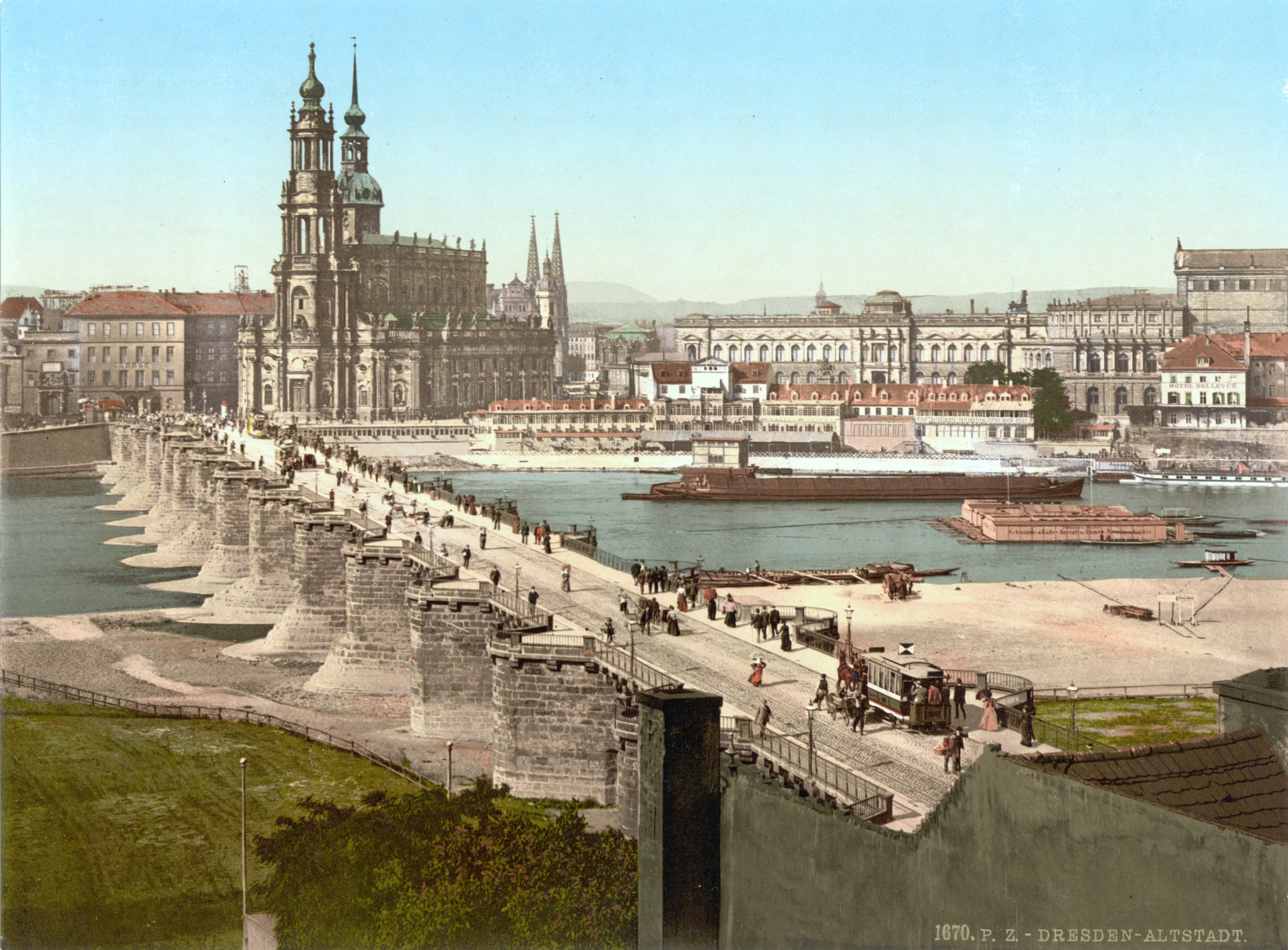 On 15 April 1942, Malta received Britain’s highest civilian award for gallantry, the George Cross. But why would an island receive a medal?
On 15 April 1942, Malta received Britain’s highest civilian award for gallantry, the George Cross. But why would an island receive a medal?
Lying halfway between Italy and North Africa, the 120-square-mile island of Malta unwittingly played a pivotal role during the North African campaign in World War Two.
Part of the British Empire since 1814, the island was Britain’s only military base in the central Mediterranean.
Italian bombing
On June 10, 1940, Italy entered the war and on the following day began by bombing Malta. The British garrison on the island defended the population, and supplies and extra planes were shipped in. But it was only the start.
British submarines and Hurricane fighter planes retaliated by attacking Italian and German convoys, which were shipping men and equipment to North Africa. In October 1941 Erwin Rommel, the German commander in North Africa, lost over 60% of his supplies to British forces based in Malta.
Now the Germans
 The Germans decided that Malta was causing too much damage and Albert Kesselring, Hitler’s Mediterranean commander, promised to “wipe Malta off the map.” Luftwaffe and U-boats stationed sixty miles north on the island of Sicily launched aerial attacks on Malta and the siege intensified. Supplies to the island virtually ceased and the inhabitants suffered eighteen months of hunger as well as continual bombardment. Civilians, starved and frightened, packed the caves beneath the capital Valletta.
The Germans decided that Malta was causing too much damage and Albert Kesselring, Hitler’s Mediterranean commander, promised to “wipe Malta off the map.” Luftwaffe and U-boats stationed sixty miles north on the island of Sicily launched aerial attacks on Malta and the siege intensified. Supplies to the island virtually ceased and the inhabitants suffered eighteen months of hunger as well as continual bombardment. Civilians, starved and frightened, packed the caves beneath the capital Valletta.
The medal
It was during this time of deprivation that Britain’s King George VI awarded the island, as a collective, the George Cross “to bear witness to the heroism and devotion that will long be famous in history”.
Bleak
In May 1942 the British tried to fly in a contingent of Spitfires but most were destroyed before they could be deployed. With food and supplies nearly exhausted, the future looked bleak. Ammunition was so low that only a few rounds were allowed to be fired per day.
Spitfire to the rescue
A second attempt to bring in Spitfires was successful. Immediately they went on the offensive against the German Luftwaffe and were able to escort supply convoys through to the besieged islanders. A convoy of merchant ships escorted by Spitfires and warships managed to survive intense German attack and arrived in Valletta on August 15, the Maltese feast day of St Mary. Their survival and arrival on this important day of the Maltese calendar were seen as nothing less than heaven-sent. The worst was over.
Renewed attacks from Malta on Rommel’s supplies severely hampered the German campaign in Egypt, and by the end of 1942, British supplies to the island were arriving unmolested. The siege was over and the island had survived.
The Maltese flag
The George Cross to Malta was the first time it had been awarded to a collective. (The second and, so far, last occasion was in 1999 when it was awarded to the Royal Ulster Constabulary.) To this day the image of the George Cross appears in the top left corner of the Maltese flag.
 Rupert Colley.
Rupert Colley.
Read more about the war in The Clever Teens Guide to World War Two available as an ebook and 80-page paperback from Amazon, Barnes & Noble, Waterstone’s, Apple Books and other stores.

 The early death of his wife in 1937 from
The early death of his wife in 1937 from  brought up in a middle-class Lutheran environment. (Eichmann kept his faith right up to the late 1930s, long after it was fashionable for Nazis to denounce religion).
brought up in a middle-class Lutheran environment. (Eichmann kept his faith right up to the late 1930s, long after it was fashionable for Nazis to denounce religion).
 The photograph sums it up: General Arthur Percival (far right), the British commander in Malaya, and his fellow officers, walking forlornly towards the Japanese commanders to sign the dismal surrender. With their baggy shorts, knee-length socks and tin helmets, one carries the Union Jack while another holds the white flag of surrender. Escorting them, a number of Japanese soldiers, or ‘little men’ as the British military elite referred to them.
The photograph sums it up: General Arthur Percival (far right), the British commander in Malaya, and his fellow officers, walking forlornly towards the Japanese commanders to sign the dismal surrender. With their baggy shorts, knee-length socks and tin helmets, one carries the Union Jack while another holds the white flag of surrender. Escorting them, a number of Japanese soldiers, or ‘little men’ as the British military elite referred to them. Born in Barcelona on 14 February 1912, Pujol was working on a chicken farm when, in 1936, the Spanish Civil War broke out. He managed to fight for both the Republican side and the Nationalists. He was committed to neither and hated the extreme views they each represented. By the end of the war, he was able to claim that he had served in both armies without firing a single bullet for either.
Born in Barcelona on 14 February 1912, Pujol was working on a chicken farm when, in 1936, the Spanish Civil War broke out. He managed to fight for both the Republican side and the Nationalists. He was committed to neither and hated the extreme views they each represented. By the end of the war, he was able to claim that he had served in both armies without firing a single bullet for either. Germany’s seventh largest city, 100 miles southeast of Berlin, Dresden was known as the ‘Florence of the Elbe’, such was its architectural splendour, its large collections of art and quaint timbered buildings. In February 1945, the city’s population had temporarily been inflated by a huge influx of German refugees, perhaps up to 350,000, fleeing the Soviet advance sixty miles away to the east.
Germany’s seventh largest city, 100 miles southeast of Berlin, Dresden was known as the ‘Florence of the Elbe’, such was its architectural splendour, its large collections of art and quaint timbered buildings. In February 1945, the city’s population had temporarily been inflated by a huge influx of German refugees, perhaps up to 350,000, fleeing the Soviet advance sixty miles away to the east. The Germans started their attack on Stalingrad, Operation Blue, on 28 June 1942. Led by the Sixth Army, Germany’s largest wartime army commanded by General
The Germans started their attack on Stalingrad, Operation Blue, on 28 June 1942. Led by the Sixth Army, Germany’s largest wartime army commanded by General